
Smart Curtain Motor CE Certification Directives
Smart curtain motors are core components of smart home systems. They automate the opening and closing of curtains via motorized drive, often integrating wireless control features such as WiFi and Bluetooth, along with smart functions like schedULing, voice control, and light sensing. Due to their convenience and technological appeal, these products are widely used in homes, hotels, and offices. However, before entering the EU market, they must obtain CE certification.
The question, “What directives apply to smart curtain motor CE certification?”, is central for companies entering the European market. This certification involves multiple regulatory requirements. Below is a professional analysis, covering directive frameworks, testing standards, and compliance strategies.

low voltage directive (LVD 2014/35/EU): Fundamental Electrical Safety
The primary directive for smart curtain motor CE certificationis the Low Voltage Directive, applicable to electrical equipment with rated voltages of 50–1000V AC. Smart curtain motors must comply with:
- EN 60335-1– Safety of household and similar electrical appliances
- EN 60335-2-98– Particular requirements for drives for roller blinds, awnings, and similar equipment
Key Requirements
1. Electrical Safety Design
- Insulation protection:Apply 1800V AC for 1 minute between live parts and the casing; no breakdown or flashover allowed. Example: a brand failed certification due to using ordinary PVC insulation.
- Grounding continuity:Resistance between metal casing and grounding terminal ≤ 0.1Ω. A company faced recalls in Germany due to grounding design defects.
- Overload protection:Motors must include thermal protection to cut off power within 15 seconds in case of stall.
2. Mechanical Safety Requirements
- Protective casing strength:Must pass a 5J impact test to prevent exposure of internal components.
- Anti-pinch design:Curtain edge pinch force ≤ 150N. One product was reported to RAPEX due to injuries.
- Stability testing:Mounting brackets must withstand 10 times rated load (e.g., 50kg rated → 500kg tensile test).
Electromagnetic Compatibility Directive (EMC): Interference Control and Immunity
The second core directive is the EMC Directive, ensuring devices function properly in electromagnetic environments and do not disturb other devices. Key standards include:
- EN 55014-1– Electromagnetic compatibility for household appliances, electric tools, and similar equipment
Key Requirements
1. Emission Control
- Conducted emissions:30–1000 MHz ≤ 40 dBμV. One motor exceeded by 10 dB due to inadequate power line filtering.
- Radiated emissions:30–1000 MHz ≤ 30 dBμV/m; PCB shielding layers are recommended.
2. Immunity Testing
- Electrostatic discharge (ESD):±8kV contact discharge; control functions must remain operational.
- Radiated RF fields:10 V/m; operational parameters fluctuation ≤ 5% to maintain WiFi control.
- Fast transient bursts:±2kV pulse; motor must not misoperate.
Radio Equipment Directive (RED): Wireless Function Control
For motors with WiFi or Bluetooth, the Radio Equipment Directivealso applies. Compliance standards include EN 300 328(Bluetooth/WiFi 2.4GHz).
Key Requirements
1. RF Performance testing
- Transmit power:≤100mW (20dBm) at 2.4GHz. Some products were detained at EU customs for exceeding limits.
- Frequency accuracy:WiFi ≤ 20 ppm, Bluetooth ≤ 15 ppm
- Occupied bandwidth:Must meet EN 300 328 spectrum mask requirements.
2. EMC Supplementary Testing
- Spurious emissions:30–1000 MHz ≤ -54 dBm; mmWave ≤ -40 dBm
- Receiver performance:At -70 dBm input, WiFi ≥ 80% sensitivity, Bluetooth ≥ 70%.
3. Regulatory Compliance
- Channel use:Comply with ETSI regulations; avoid 5.8GHz radar band
- Directive labeling:Wireless modules must display CE-RED mark. Example: penalties issued for missing labeling.
Typical Cases and Compliance Strategies
1. Common Certification Risks
- Multi-directive conflicts:LVD grounding requirements vs. RED antenna design may clash, causing extended remediation.
- Wireless module issues:Off-the-shelf Bluetooth modules lacking RED certification can cause overall failure.
- Standard updates:Failing to track updates, e.g., EN 60335-2-98:2024 efficiency requirements.
2. Corporate Mitigation Measures
- Pre-test mechanism:Sample 10 units for full in-house testing:
- Dielectric withstand: 2000V/1 min
- Wireless conducted/spurious emission testing: ±2 dB accuracy
- Modular certification:Use RED-certified modules (e.g., Nordic nRF52 series)
- Standard tracking:Subscribe to EU official journals, prepare 6 months in advance
2025 Regulatory Outlook and Industry Trends
- Energy efficiency expansion:From 2025, smart curtain motors must meet erp directive (EU 2019/2020), standby power ≤ 0.5W
- Cybersecurity requirements:Cloud-controlled motors must comply with EN 303 645to prevent hacking
- Green certification integration:CE certification will link to EU eco-label; casing must use ≥30% recycled plastic
The directives for smart curtain motor CE certificationreflect the EU’s multi-dimensional requirements for safety, performance, and environmental impact. Companies must address electrical design, wireless functionality, EMC, and mechanical safety. Mastering these directives not only ensures compliance but also strengthens product competitiveness. Through systematic directive breakdown, pre-testing optimization, and supply chain management, smart curtain motors can succeed in the EU market as a combination of safety and technology.
Email:hello@jjrlab.com
Write your message here and send it to us
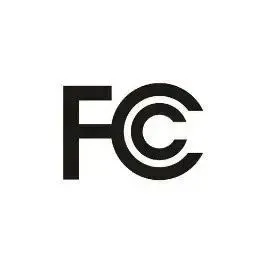 FCC Certification for Automatic Parking Radar Sens
FCC Certification for Automatic Parking Radar Sens
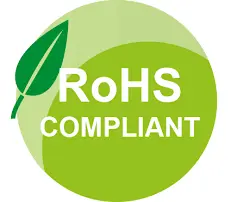 Temu Europe Station CE-RoHS Compliance
Temu Europe Station CE-RoHS Compliance
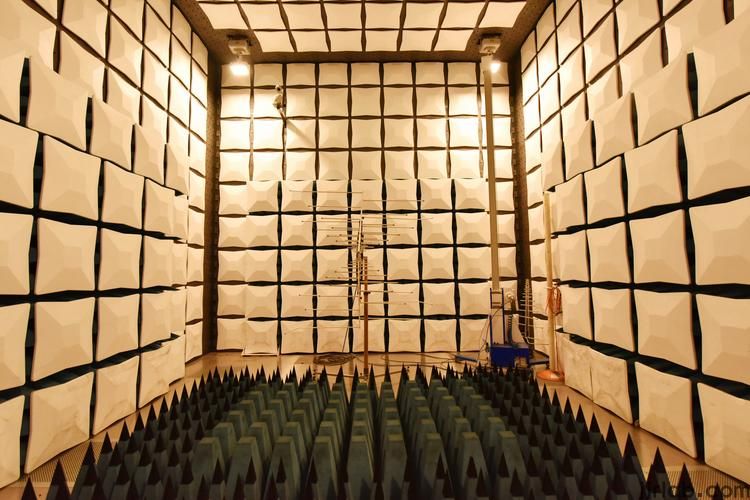 FCC ID Certification and SDoC Compliance
FCC ID Certification and SDoC Compliance
 Export Certification and Compliance for Lighting F
Export Certification and Compliance for Lighting F
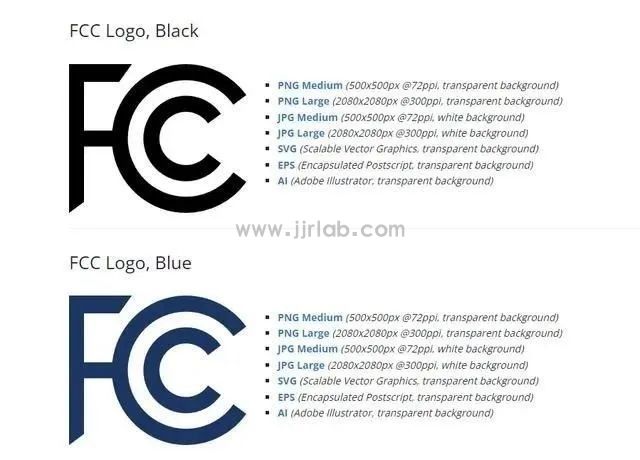 FCC Certification Resumes Issuance
FCC Certification Resumes Issuance
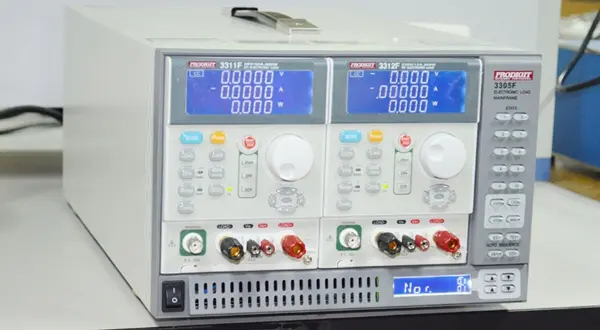 Electrical Toy Safety Certification EN 62115 EMC T
Electrical Toy Safety Certification EN 62115 EMC T
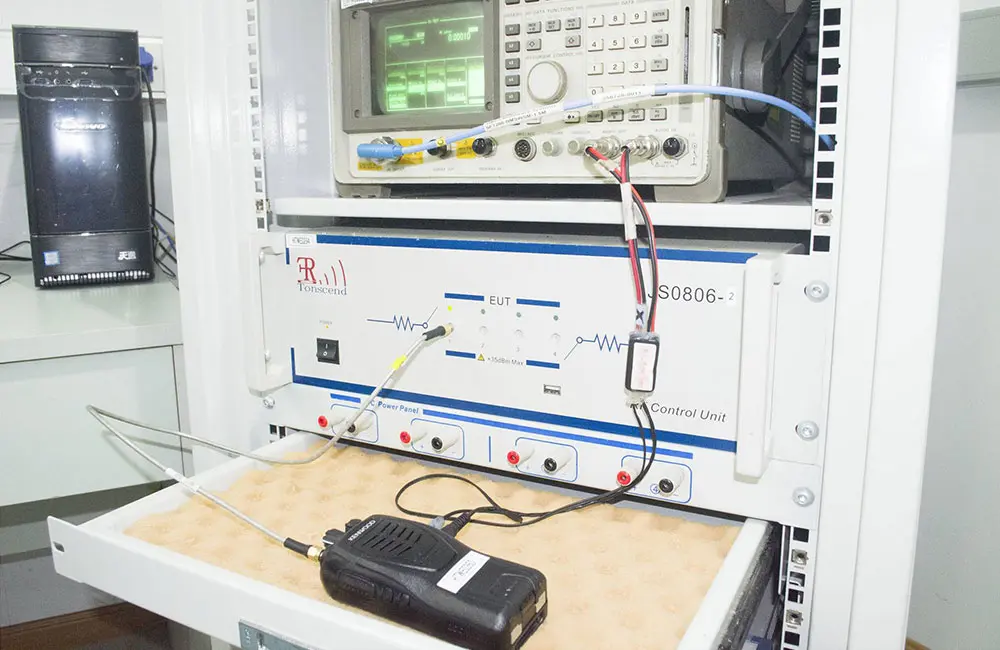 What is the UL 62368 Test Standard?
What is the UL 62368 Test Standard?
 Is CISPR 32 the same as EN 55032?
Is CISPR 32 the same as EN 55032?
Leave us a message
24-hour online customer service at any time to respond, so that you worry!




